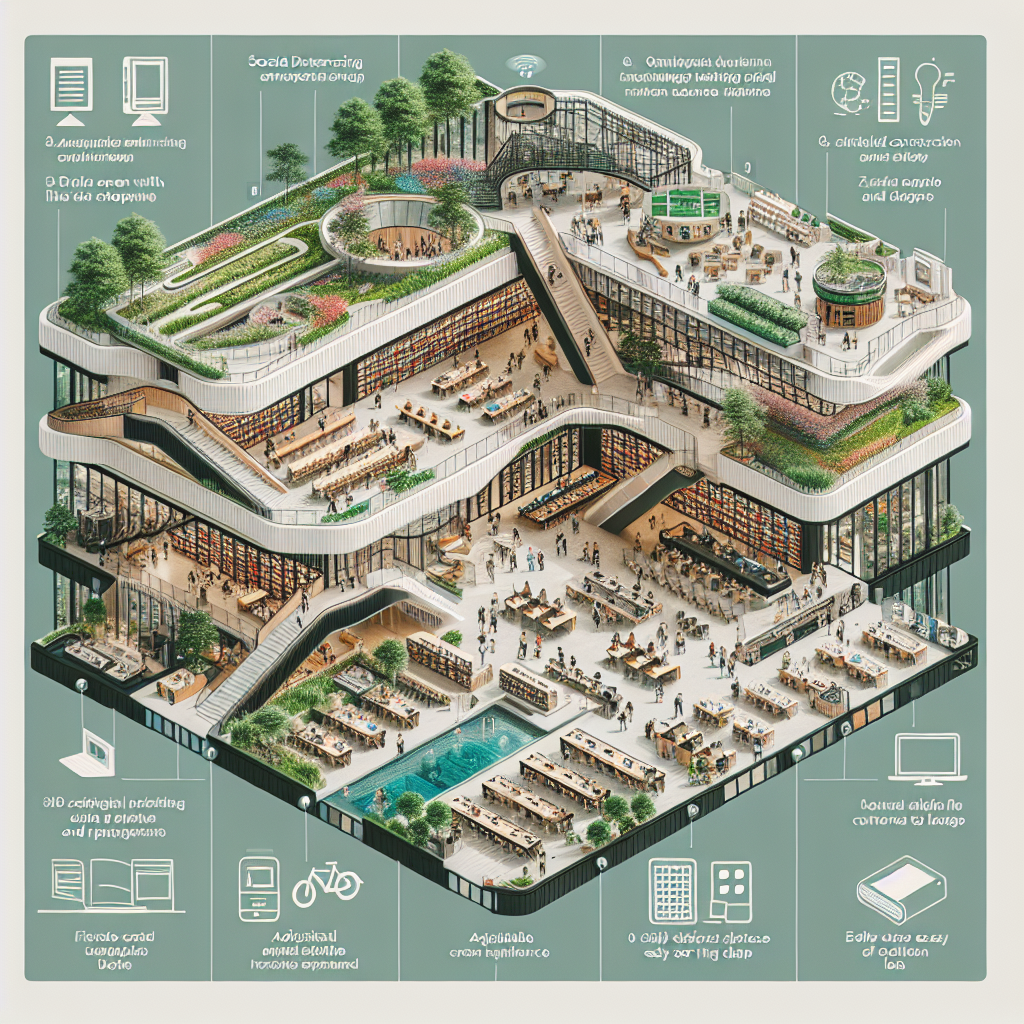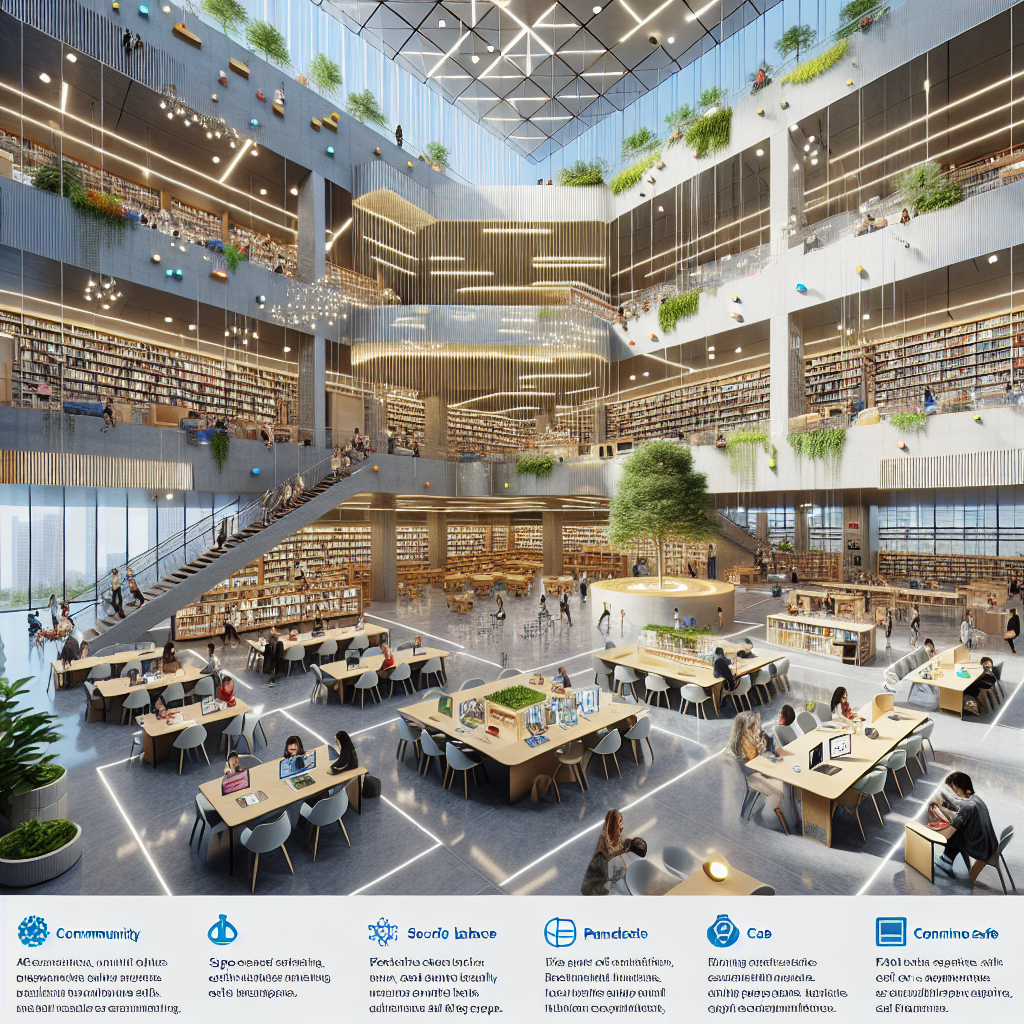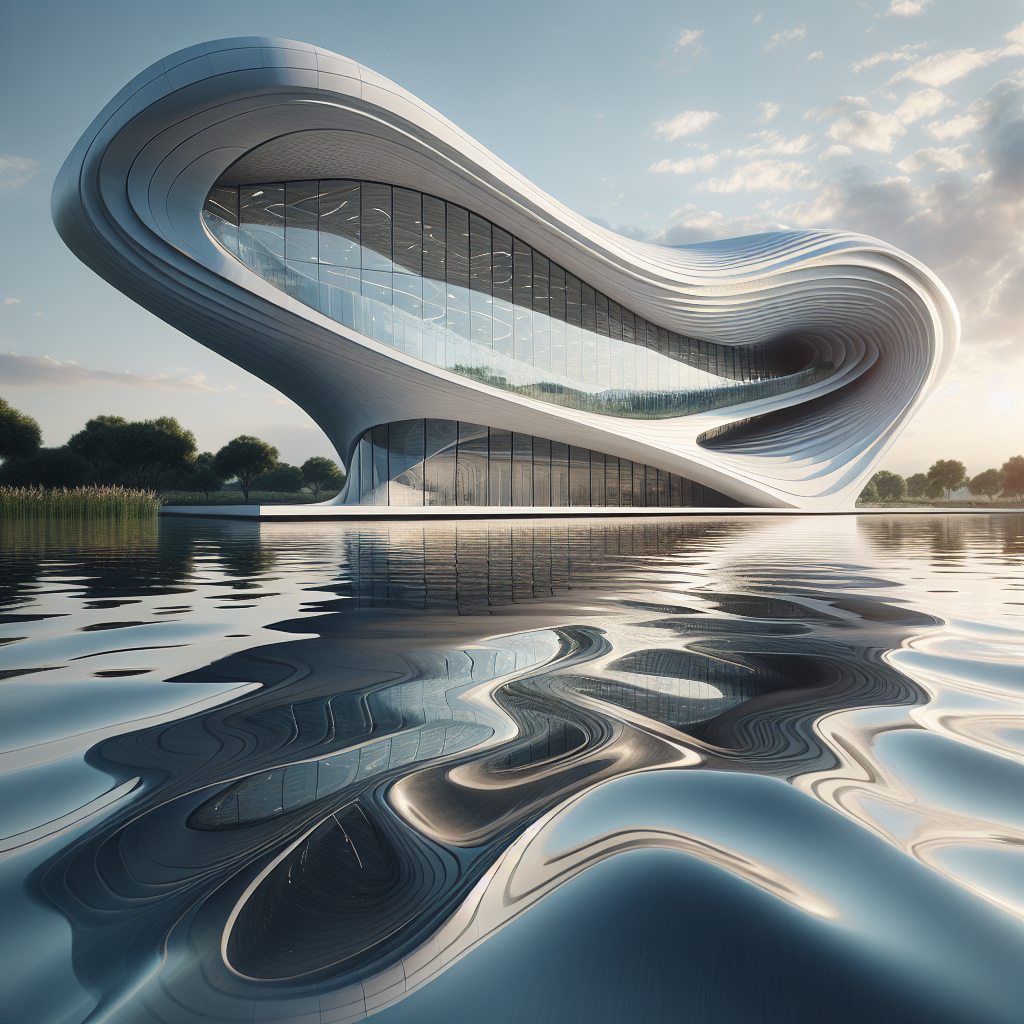Reinventing Public Libraries: Innovative Designs for the Digital Age

Revolutionizing the Realm of Knowledge: Public Libraries in the Digital Epoch
As the digital tide sweeps across every facet of our lives, the sanctuaries of knowledge—public libraries—are undergoing a metamorphosis. No longer are they mere repositories of books and periodicals; they are evolving into vibrant hubs of innovation, technology, and community engagement. In this era of digital proliferation, the reinvention of public libraries is not just a trend, it’s a necessity.
Architectural Alchemy: Crafting Spaces for the Modern Mind
The architectural design of contemporary libraries reflects a seismic shift in their role. The once austere rows of bookshelves are giving way to open, multifunctional spaces. These new designs foster collaboration, creativity, and connectivity, aligning with the needs of today’s society. Libraries such as the Helsinki Central Library Oodi exemplify this transformation, with their sweeping interiors and flexible layouts that invite patrons to linger, explore, and interact.
These innovative spaces are often equipped with cutting-edge technology, from 3D printers to virtual reality stations, ensuring that the public has access to the tools of the future. By integrating technology seamlessly into their architecture, libraries like the Futuristic Library Designs That Will Amaze You are setting a new standard for what a library can be.
Designing for Digital Literacy and Inclusion
As digital literacy becomes increasingly crucial, public libraries are stepping up as educators and facilitators. They offer a plethora of resources, from free internet access to digital skills workshops, ensuring that everyone, regardless of socioeconomic status, can participate in the digital world. This commitment to inclusion is reflected in the design of libraries that are accessible, welcoming, and equipped with the necessary technology to bridge the digital divide.
Moreover, libraries are redefining their collections to include not just physical books but also e-books, online databases, and streaming services. This expansion of resources caters to the diverse preferences of library-goers, who can now access a world of information with just a few clicks.
Community-Centric Visions: Beyond Books
Today’s public libraries are being reimagined as community centers where individuals can gather, learn, and grow. They host events ranging from author talks to coding bootcamps, embodying the spirit of communal learning. Spaces like the Innovative Community Spaces Design are perfect examples of how libraries are becoming dynamic venues for cultural exchange and lifelong learning.
The inclusion of cafes, gardens, and art installations in library designs further enhances their role as social hubs. These features create an inviting atmosphere that encourages visitors to stay and engage with the space and each other.
Environmental Stewardship: Green Libraries Lead the Way
In the face of climate change, public libraries are championing sustainability through eco-friendly design. Green roofs, energy-efficient lighting, and the use of sustainable materials are just a few ways libraries are reducing their environmental footprint. The commitment to sustainability extends to the programming offered, with many libraries providing resources and education on environmental conservation.
For instance, the Seattle Central Library, with its innovative use of natural light and ventilation, stands as a testament to the potential of green architecture in public spaces.
Adapting to the Pandemic: Libraries in the Age of Social Distancing
The COVID-19 pandemic has compelled public libraries to adapt rapidly. They’ve embraced digital services, offering virtual events and online lending to ensure that their patrons remain connected to the wealth of knowledge they offer. The architectural design of libraries has also responded to the need for social distancing, with layouts that allow for safe interaction and the use of materials that are easy to clean and maintain.
Libraries have proven to be resilient and adaptable, emerging as key players in keeping communities informed and engaged during these challenging times.
Final Thoughts: The Future of Public Libraries
The public library of the future is an exciting fusion of space, technology, and community. It is a beacon of knowledge, accessible to all, and adaptable to the ever-changing landscape of the digital age. As architects and designers continue to push the boundaries, these spaces will undoubtedly remain at the heart of our communities, nurturing the minds of generations to come.
Embracing the digital age does not mean abandoning the physical; rather, it is about creating a harmonious blend that enriches the human experience. The innovative designs of modern public libraries are a testament to this synergy, ensuring that these institutions remain relevant and vital. For more insights into the future of design, explore articles like The Evolution of Public Space Design in the 21st Century, which delve deeper into the role of architecture in shaping our world.








